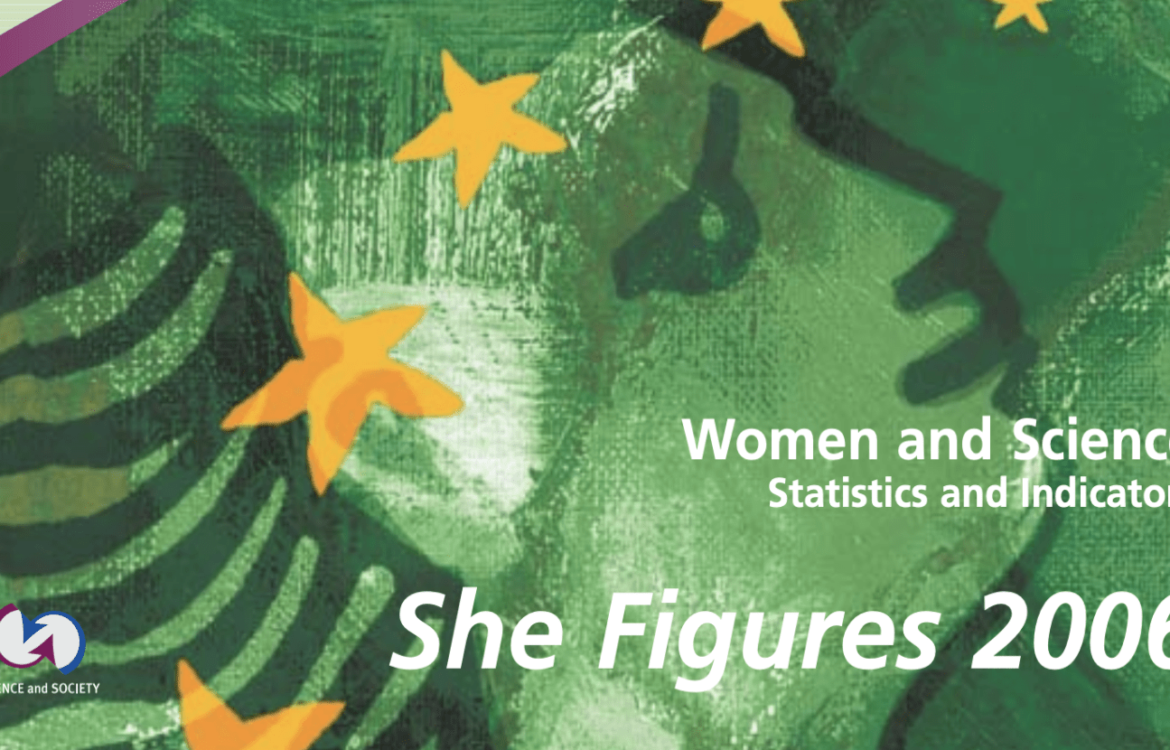
Women and science, statistics and indicators
Written by European Commission
She Figures 2006 – Women and Science Statistics and Indicators is the second publication of selected EU employment statistics disaggregated by sex and supplemented by certain other complementary data, which provide illuminating perspectives on the current employment situation of male and female scientists and researchers.
Let us highlight just a few points from the publication:
Women remain a minority among researchers in the EU (29% in 2003, a slight increase from 27% in 1999), but the number of women in research is increasing (plus 4%, compared to 2.4% for men). The growth rate in their participation
between 1998 and 2004 was lower than that of men. Therefore, if this trend continues, the differential between men and women in this occupational group will widen. Other differences are similarly announced:
- across the EU as a whole, only 29% of researchers are women;
- only 18% of researchers in business and enterprise sector are women, even though this is the largest R&D sector in most countries, and also the one that needs to provide two-thirds of the finance to meet the EU target of 3% of GDP devoted to R&D by 2010 (an increase that will in total require some700,000 additional researchers);
- in higher education, only 15% of those with the highest academic grade (grade A) are women;
- gender imbalance at the senior level is even greater in engineering and technology, where the proportion of women is just 5.8%;
- of the 17 Member States that have provided data, there are only two of them where the proportion of female members of scientific boards is over 40%; only one in the range 30-39%; and five in the range 20-29%, with all the rest below 20%.
Here you can download the report.
